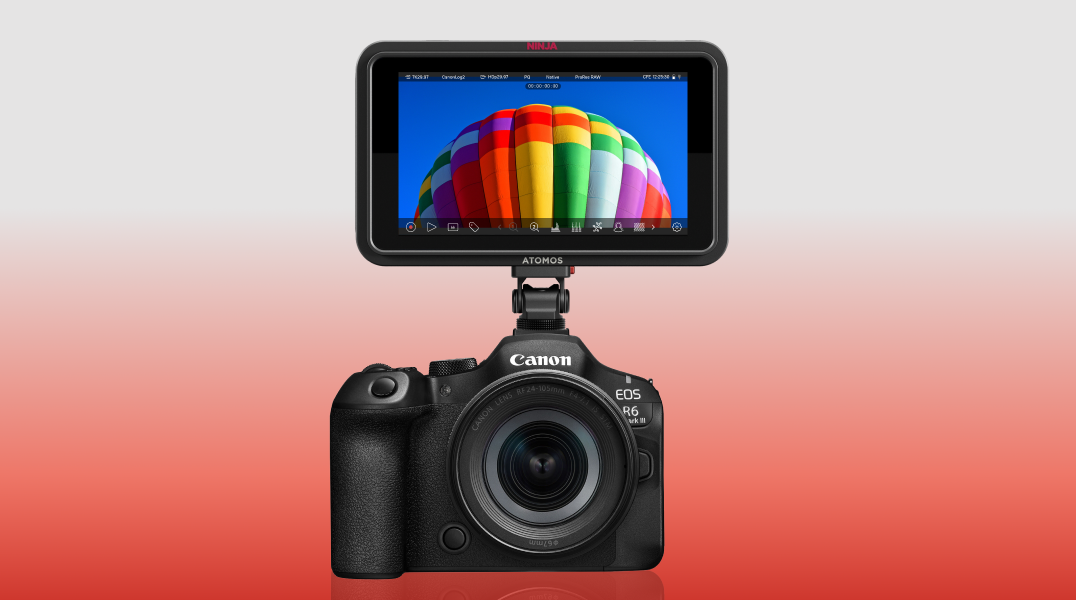Walter Murch takes on 3-D
Walter Murch is one of the most respected film editors and sound designers working in the cinema today. In 1979, he won an Academy Award for his work on “Apocalypse Now,” whose sound was a crucial to the film's effect. Murch coined the term “sound designer” and was one of the developers of 5.1 surround sound. He also won two more Oscars for the editing and sound mixing of “The English Patient.”
In a recent letter to film critic Roger Ebert, Murch took on 3-D films, having edited the 3-D version of Michael Jackson's “Captain Eo” (directed by Francis Ford Coppola), which was shown at Disney theme parks starting in 1986. (Captain EO is actually regarded as one of the first “4-D” films because it incorporates in-theater effects, such as lasers and smoke, frame synched to the film narrative.)
“The biggest problem with 3-D is the 'convergence/focus' issue,” Murch told Ebert. “A couple of the other issues, darkness and “smallness,” are at least theoretically solvable. But the deeper problem is that the audience must focus their eyes at the plane of the screen — say it is 80ft away. This is constant no matter what.”
Murch said the audience's eyes must converge at perhaps 10ft away, then 60ft, then 120ft and so on, depending on what the illusion is.
“So, 3-D films require us to focus at one distance and converge at another, and 600 million years of evolution has never presented this problem before. All living things with eyes have always focused and converged at the same point,” he said.
“If we look at a saltshaker on a table, close to us, we focus at 6ft and our eyeballs converge (tilt in) at 6ft. Imagine the base of a triangle between your eyes and the apex of the triangle resting on the thing you are looking at, but then look out the window and you focus at 60ft and converge also at 60ft. That imaginary triangle has now “opened up” so your lines of sight are almost — almost — parallel to each other,” he said.
We can do this, Murch said, “3-D films would not work if we couldn't. But it is like tapping your head and rubbing your stomach at the same time: difficult. The 'CPU' of our perceptual brain has to work extra hard, which is why after 20 minutes or so many people get headaches. They are doing something that 600 million years of evolution never prepared them for. This is a deep problem, which no amount of technical tweaking can fix. Nothing will fix it short of producing true 'holographic' images.”
The professional video industry's #1 source for news, trends and product and tech information. Sign up below.
Consequently, Murch said, the editing of 3-D films cannot be as rapid as for 2-D films because of this shifting of convergence: It takes a number of milliseconds for the brain/eye to “get” what the space of each shot is and adjust.
Finally, Murch wrote, is the question of immersion.
“3-D films remind the audience that they are in a certain 'perspective' relationship to the image. It is almost a Brechtian trick, whereas if the film story has really gripped an audience, they are 'in' the picture in a kind of dreamlike 'spaceless' space. So a good story will give you more dimensionality than you can ever cope with,” he said.
